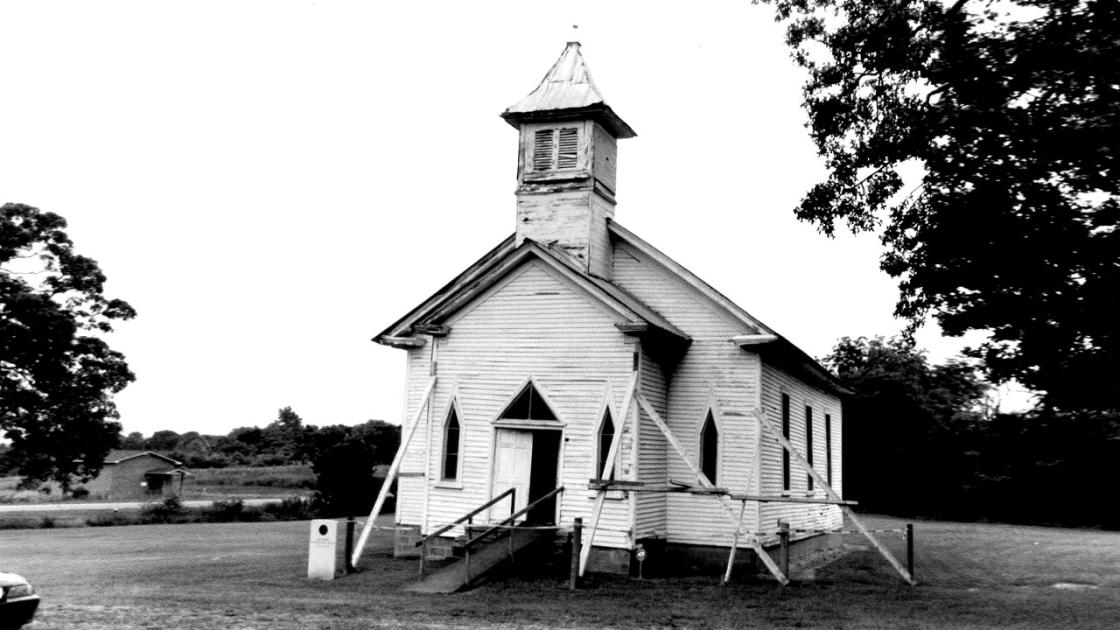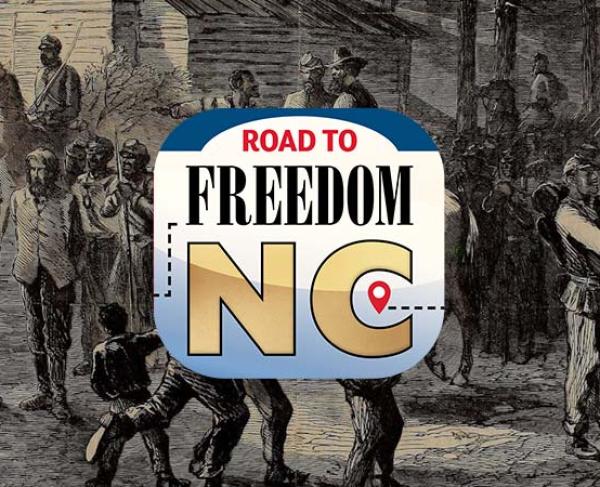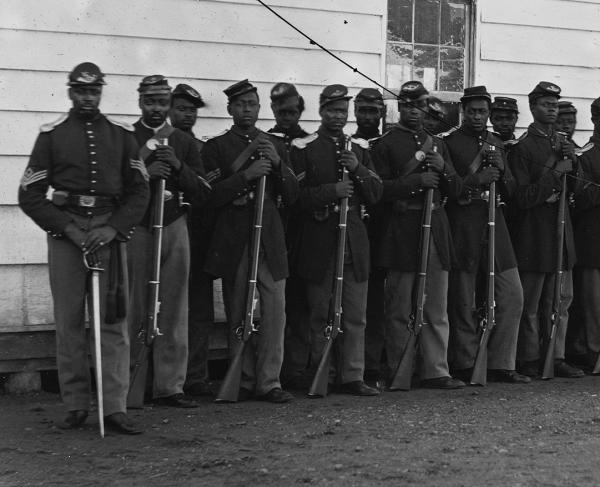Wadsworth Congregational Church
North Carolina
1301 Rock Creek Dairy Rd
Whitsett, NC 27377
United States
This heritage site is a part of the American Battlefield Trust's Road to Freedom: North Tour Guide app, which showcases sites integral to the Black experience during the Civil War era. Download the FREE app now.

This small church in Whitsett, North Carolina has a storied connection to famed poet Henry Wadsworth Longfellow. According to church tradition, its founder named Wadsworth Church after returning to the property where he had been enslaved.
Reverend William Madison Lindsay was born in 1833. He fled his enslaver as a young man, first escaping to Canada. Lindsay settled in Massachusetts, and according to church memory, began working as Longfellow’s valet. Lindsay does not appear in the great American poet’s records, but he allegedly earned his esteem. Longfellow encouraged Lindsay to get an education. From 1862 to 1866, the formerly enslaved man attended Oberlin College in Ohio. It was one of the first schools to accept free and fugitive Black people.
Following his graduation and the end of the Civil War, Lindsay returned to Guilford County. He founded the Wadsworth Congregational Church in 1870. The name comes from Longfellow's mother. Longfellow may have gifted the funds to purchase the property.
A grape arbor served as the original pulpit, followed by a simple log cabin. The congregation constructed this church in 1885. Adults and children worshipped and went to school here, some traveling long distances. Lindsay served as pastor until at least 1900 and died in 1905.
The church holds other ties to the north. Its Gothic windows and peaked roof echo New England parishes. The 400-pound brass bell inscription reads “Presented to the Congregational Church Wadsworth: James J.H. Gregory through pastor Rev. M. Lindsay.” Gregory, a northern businessman and philanthropist, supported Black religious and educational institutions. The fiercely anti-slavery congregationalist denomination also shares northern roots.
Although today’s church members worship in a newer structure, they continue to celebrate Lindsay. His story “was handed down from our parents and our grandparents,” a congregant recalled. It remains a vital center for the community.

